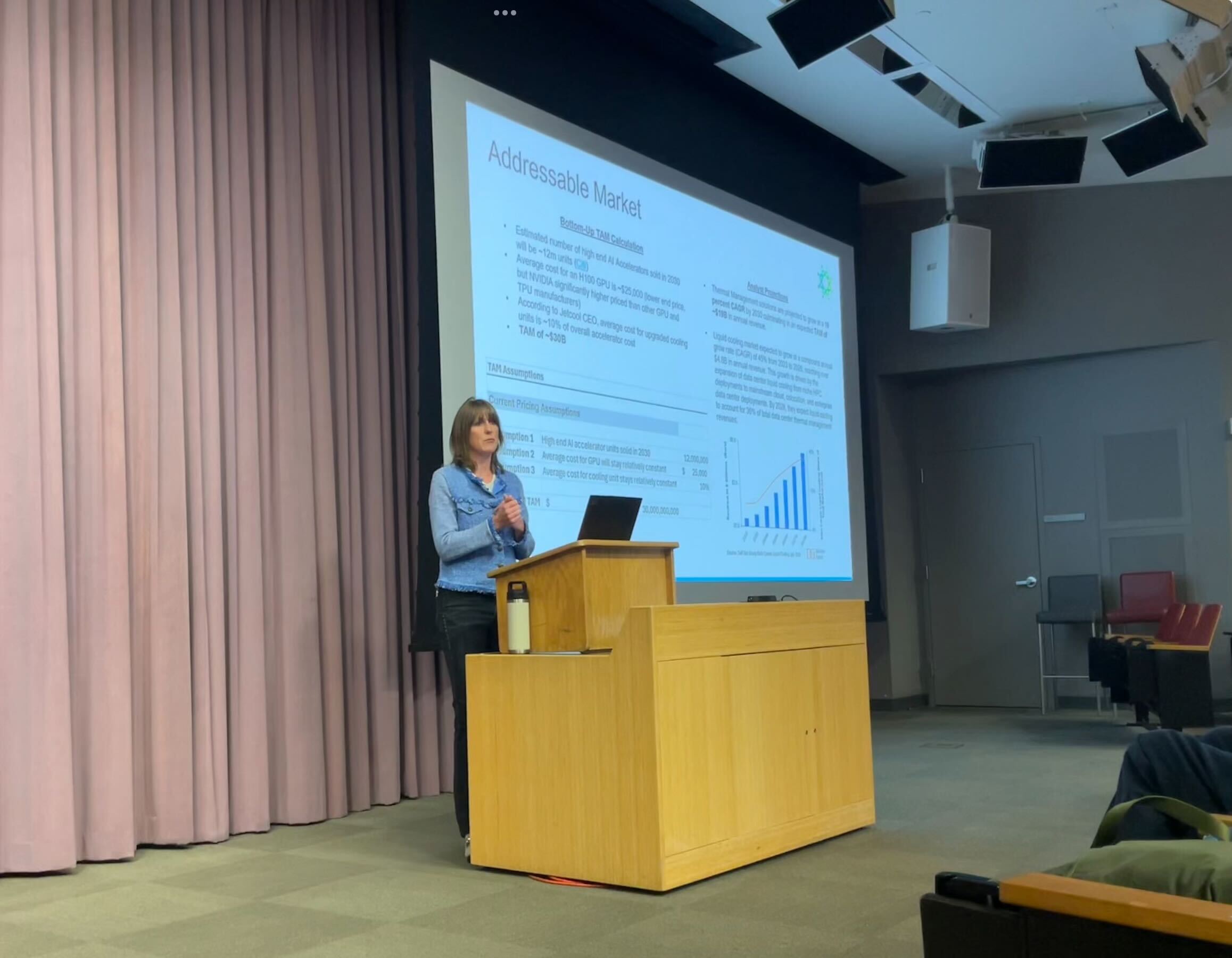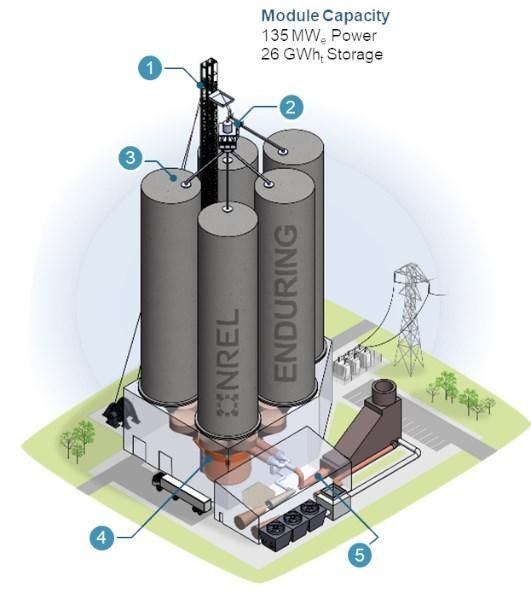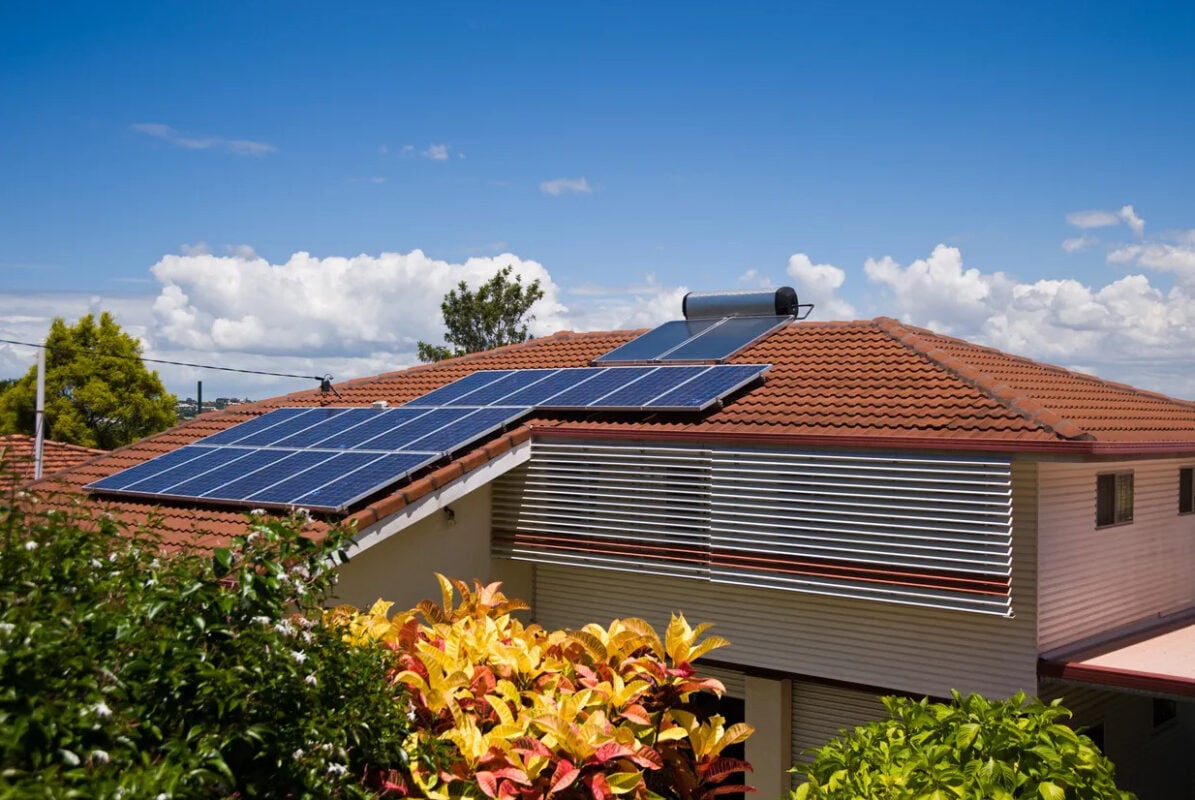As NW faces rolling blackouts, study says renewable energy may not be enough – Oregon Public Broadcasting – OPB

Regional Energy Security and the Pursuit of Sustainable Development Goals
Executive Summary: Energy Infrastructure Deficit in the U.S. Northwest
A preliminary analysis indicates a significant shortfall in electrical grid upgrades in Oregon and Washington, posing a direct threat to regional energy security and the achievement of key Sustainable Development Goals (SDGs). The region faces potential rolling blackouts during extreme weather events as early as 2025 due to a growing gap between energy supply and demand. This report outlines the challenges and their implications for SDG 7 (Affordable and Clean Energy), SDG 9 (Industry, Innovation and Infrastructure), SDG 11 (Sustainable Cities and Communities), and SDG 13 (Climate Action).
Analysis of Current Energy Deficit and SDG Implications
A study commissioned by 22 regional electric utilities and conducted by Energy + Environmental Economics (E3) highlights a severe energy imbalance. The findings present critical challenges to establishing sustainable infrastructure and ensuring reliable energy access.
- Projected Energy Gap: By 2030, the energy deficit for the broader Northwest region could reach 9 gigawatts. For Oregon and Washington specifically, the gap is projected to be 3 gigawatts, an amount sufficient to power approximately 1.4 million homes.
- Threat to SDG 7 (Affordable and Clean Energy): The inability to meet demand with clean energy sources undermines the goal of ensuring access to affordable, reliable, sustainable, and modern energy for all. The risk of blackouts signifies a failure in energy reliability.
- Impact on SDG 11 (Sustainable Cities and Communities): The potential for controlled power shutdowns directly impacts the resilience and safety of communities, particularly during extreme weather events like the January 2024 ice storm. Reliable energy is fundamental for sustainable urban and rural living.
Challenges to a Sustainable Energy Transition
Impediments to Achieving Clean Energy Goals (SDG 7 & SDG 13)
The transition to a decarbonized energy system is proceeding at a pace insufficient to meet rising demand, creating a conflict between short-term reliability and long-term climate action goals.
- Insufficient Renewable Energy Deployment: The rate of adding new renewable resources to the grid is critically slow. To meet projected demand, the region would need to increase its annual resource additions by four to five times between 2026 and 2030. Wind and solar sources have proven only “marginally effective” for meeting peak winter demand when they are needed most.
- Increased Energy Demand: The growth of data centers and the electrification of transportation and home appliances are straining the existing grid infrastructure, directly challenging the capacity goals of SDG 9.
- Phasing Out Fossil Fuels: While states have retired coal plants to meet climate targets under SDG 13, the replacement generation from renewable sources has not kept pace, exacerbating the supply deficit.
The Role of Natural Gas as a Transitional Fuel
The E3 analysis suggests a continued, temporary reliance on natural gas to ensure grid stability, creating a complex trade-off with decarbonization objectives.
- Grid Reliability vs. Climate Action: Natural gas is identified as a necessary bridge fuel to prevent energy shortages, particularly during cold winter mornings. However, this reliance complicates state mandates for carbon-free electricity by 2040 and runs counter to the principles of SDG 13.
- Infrastructure and Cost Concerns (SDG 9 & SDG 7): Existing natural gas pipelines are nearing capacity. Expanding this infrastructure would require significant investment and time, while exposing consumers to volatile global commodity prices, potentially compromising the “affordable” aspect of SDG 7.
Strategic Recommendations and Policy Frameworks
Enhancing Coordination and Infrastructure Resilience (SDG 9)
Industry leaders advocate for a more integrated approach to energy planning to build resilient infrastructure capable of supporting sustainable communities.
- Integrated Utility Planning: There is a call for greater coordination between electric and gas utilities to manage grid strain during peak demand periods.
- Policy Flexibility: Stakeholders, including the Northwest Gas Association, are urging lawmakers to allow for flexibility in decarbonization mandates to ensure a stable transition that prioritizes reliability alongside environmental goals.
Accelerating Renewable Development
Overcoming administrative and political hurdles is critical to accelerating the deployment of clean energy technologies.
- State-Level Initiatives: Oregon’s governor has issued an executive order to fast-track permits for solar and wind projects, aiming to secure expiring federal tax credits and add approximately 4 gigawatts of clean energy by 2030.
- Federal and Administrative Barriers: Progress is hampered by reduced federal funding for renewable energy and significant delays in connecting new projects to the regional grid, largely controlled by the Bonneville Power Administration.
A forthcoming second phase of the E3 study will explore specific pathways for the region to close the energy gap, analyzing scenarios with and without new natural gas generation to help states meet their renewable energy targets in alignment with the Sustainable Development Goals.
1. Which SDGs are addressed or connected to the issues highlighted in the article?
-
SDG 7: Affordable and Clean Energy
This is the most central SDG in the article. The text focuses entirely on the challenges of providing reliable and clean electricity. It discusses the strain on the electrical grid, the transition from coal to renewable energy sources like wind and solar, the continued reliance on natural gas, and the potential for rising costs (“electric bills could climb”) and power shortages (“rolling blackouts”).
-
SDG 9: Industry, Innovation and Infrastructure
The article highlights significant challenges related to energy infrastructure. It explicitly states that “Oregon and Washington are falling so far behind on upgrades to the electrical grid.” The discussion revolves around the need to build new infrastructure, including renewable energy projects, potentially more natural gas pipelines, and the slow process of connecting new energy sources to the regional power grid, which is described as a “glacial pace.”
-
SDG 11: Sustainable Cities and Communities
The article connects the energy infrastructure problem to the well-being of communities, especially during “extreme weather.” The risk of “rolling blackouts” and the memory of the “January 2024 ice storm that left tens of thousands without power” directly relate to the resilience of communities and their access to essential services like electricity.
-
SDG 13: Climate Action
Climate action is a core theme, as the energy transition is driven by climate goals. The article notes that both Oregon and Washington have “aggressive greenhouse gas reduction goals” and aim to be “carbon-free by 2040.” The central conflict discussed is how to meet these decarbonization goals while ensuring grid reliability, especially when it requires continued, or even expanded, use of a fossil fuel like natural gas.
2. What specific targets under those SDGs can be identified based on the article’s content?
-
Target 7.1: Ensure universal access to affordable, reliable and modern energy services.
The article directly addresses this target by warning of potential failures in providing reliable energy. The forecast that the states “could start seeing rolling blackouts during extreme weather as soon as next year” is a clear threat to reliable access. The mention that the Ukraine conflict doubled the price of natural gas, leading to a “massive impact on customer bills,” speaks to the challenge of ensuring affordable energy.
-
Target 7.2: Increase substantially the share of renewable energy in the global energy mix.
This target is central to the article’s discussion. The problem is framed as a gap created because “there’s not enough renewable energy projected to come online” to replace retired coal plants and meet new demand. The article quantifies the slow progress, noting that renewable sources “have so far made small contributions to meeting peak winter energy needs” and that the region needs to “add four to five times more resources to the electric grid each year” to meet demand.
-
Target 9.1: Develop quality, reliable, sustainable and resilient infrastructure.
The entire article is a case study on the need to meet this target. The “strained” electrical grid, the natural gas pipelines “nearing capacity,” and the delays in connecting new projects due to “slow processes controlled by the Bonneville Power Administration” all point to an infrastructure system that is not currently resilient or adequate for future needs.
-
Target 13.2: Integrate climate change measures into national policies, strategies and planning.
The article shows this target in action at the state level, referencing state mandates on “decarbonization” and goals to be “carbon-free by 2040.” It also explores the complexities and challenges of implementing these policies, such as the call from industry leaders for “flexibility around state mandates” to ensure reliability during the transition away from fossil fuels.
3. Are there any indicators mentioned or implied in the article that can be used to measure progress towards the identified targets?
-
Energy Generation Gap (Implied Indicator for Target 7.1)
The article provides specific data that can serve as an indicator of energy reliability. It quantifies the projected gap between electricity generation and demand as reaching “9 gigawatts” for the region and “about 3 gigawatts” for Oregon and Washington by 2030. Tracking this projected gap over time would measure the risk to reliable energy access.
-
Rate of New Renewable Energy Addition (Implied Indicator for Target 7.2)
Progress towards increasing the share of renewables can be measured by the rate at which new capacity is added. The article states the region needs to “add four to five times more resources to the electric grid each year between 2026 through 2030 than it has ever done before.” This sets a benchmark against which actual additions, such as the potential “4 gigawatts of planned wind and solar energy by 2030” in Oregon, can be measured.
-
Frequency and Duration of Power Outages (Implied Indicator for Targets 7.1 and 11.5)
The article implies this indicator by referencing the “January 2024 ice storm that left tens of thousands without power” and the future risk of “planned and controlled shutdowns of power.” The number of people affected by outages and the frequency of such events are direct measures of the grid’s reliability and the community’s resilience.
-
Share of Carbon-Free Electricity Generation (Implied Indicator for Target 13.2)
The states’ goals to have their “electric utilities be carbon-free by 2040” provide a clear target. An indicator would be the percentage of electricity generated from non-fossil fuel sources. The article’s discussion of retiring coal plants while struggling to add renewables and continuing to rely on natural gas provides a qualitative snapshot of this indicator’s current status.
4. SDGs, Targets, and Indicators Summary Table
| SDGs | Targets | Indicators (Mentioned or Implied in Article) |
|---|---|---|
| SDG 7: Affordable and Clean Energy | 7.1: Ensure universal access to affordable, reliable and modern energy services. 7.2: Increase substantially the share of renewable energy in the global energy mix. |
Projected energy gap between supply and demand (3-9 gigawatts by 2030). Number of people affected by power outages (“tens of thousands”). Rate of new renewable energy capacity added to the grid. |
| SDG 9: Industry, Innovation and Infrastructure | 9.1: Develop quality, reliable, sustainable and resilient infrastructure. | Pace of upgrades to the electrical grid (“falling so far behind”). Capacity of existing infrastructure (gas pipelines “nearing capacity”). Rate of connection for new energy projects to the grid. |
| SDG 11: Sustainable Cities and Communities | 11.5: Significantly reduce the number of people affected by disasters. | Frequency of rolling blackouts during extreme weather. Number of households losing power during climate-related events (e.g., ice storms). |
| SDG 13: Climate Action | 13.2: Integrate climate change measures into policies, strategies and planning. | Progress towards state goals of carbon-free electricity by 2040. Reliance on fossil fuels (natural gas) for grid stability vs. state decarbonization mandates. |
Source: opb.org
What is Your Reaction?
 Like
0
Like
0
 Dislike
0
Dislike
0
 Love
0
Love
0
 Funny
0
Funny
0
 Angry
0
Angry
0
 Sad
0
Sad
0
 Wow
0
Wow
0



















































.jpg.webp?itok=0ZsAnae9#)
























